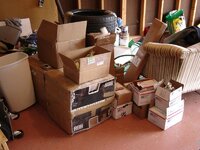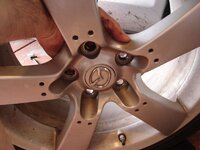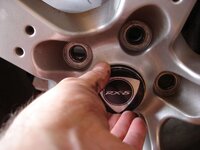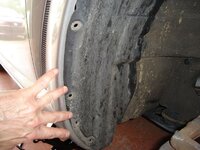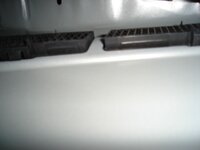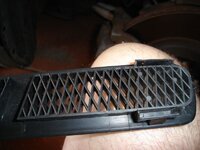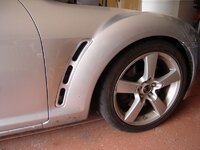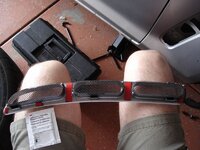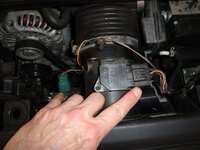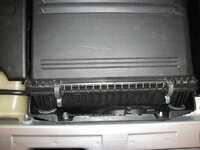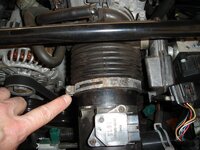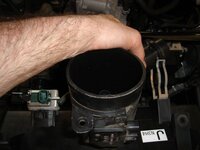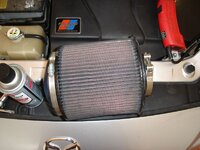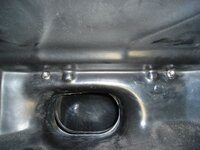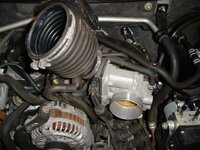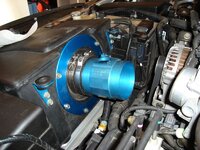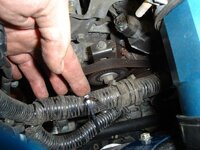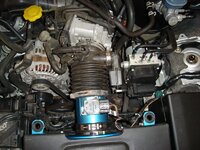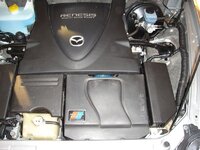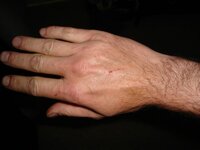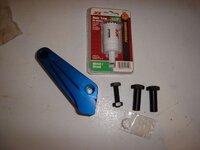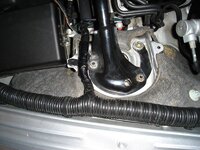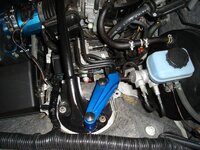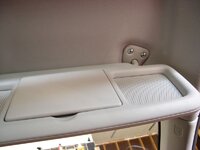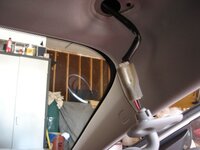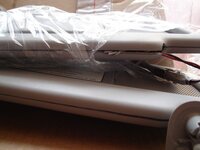Oh, I did install the Axial Flow master cylinder brace and Race Roots clutch pedal bracing. I did take some pictures of those and will post them up tomorrow. For some reason when I took the Axial Flow brace off to do the coils I couldn't get it back on, feels like there just aren't enough threads on the front struts to permit the bolts to grab (not sure why this is as I didn't change any of that).
For what it's worth, while the clutch bracing is worthwhile I feel the execution leaves something to be desired. The instructions are lacking, and I had to shim one piece in order to have it line up with the firewall through stud. Plus there is "zero" clearance for the nuts so you will have to use a crow's foot wrench in order to tighten the two for the through studs. I can see where this is a necessity given the tight quarters, but it would be nice if this was referenced in the instructions.
In case my qualifications for mechanical prowess are called into question over this, I have been working as a shipboard engineer for over 20 years. I know how to turn a wrench (righty tighty, lefty loosey) and cannot tell you how many times I have had to disassemble/reassemble equipment without a manual. So I am not a noob.

